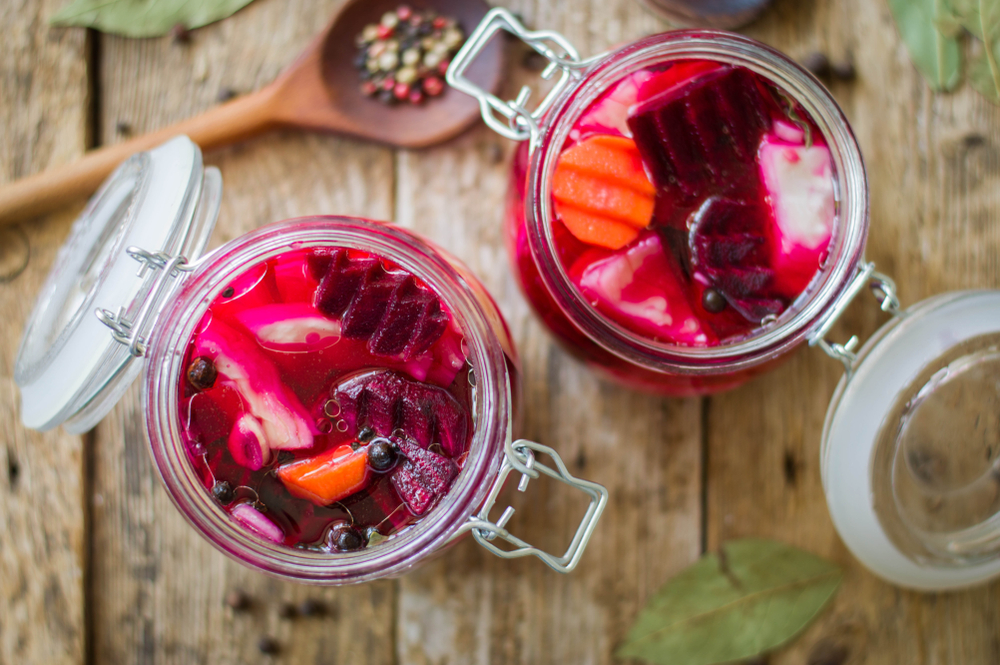It can be a sad time for gardeners when they see their summer garden slowly wither away when fall comes. But don’t worry, because working on a fall garden can be just as fun!
Tips for Planning a Fall Garden
Most Americans hate to see their summer garden go and that is often the reason they have an abysmal fall garden. The reason is that you need to commit to your fall garden long before your summer garden stops producing.
Planning a fall garden has the potential to put fresh food on your plate all through winter. Some plants like kale and brussels sprouts can sustain temperatures below freezing. If that is your game, well, it might be the year for you to consider your fall garden.
Timing
What most people get wrong about the fall garden is the timing. They assume that fall gardening should start in September. This is because most people want to get the most out of their summer gardens. Ideally, you should start planting a section of the garden for the fall around August, maybe as early as late July.
Giving these plants some of that long summer sun will make your seedlings immensely powerful. One of the biggest problems I have had, year over year, is getting seedlings in the ground and not seeing a lot of growth. Get your Brussels, cabbage, and broccoli a head start by getting them in early.
It might seem kind of crazy but trust me on this one!
Plants
There is no lack of plants available for a fall garden. You might have some favorites. Let’s look at four that every fall garden should have.
1. Butternut Squash
These ground vining squashes are incredible producers. You can eat them yourself, turn them into pumpkin pie and even feed them to your dogs! An all-around great food for the whole family.
2. Dark Leafy Greens
The health benefits of dark leafy greens are just so vast it would be silly not to grow some. I go for red beets in the fall because I get greens and a root!
3. English Peas
When the weather cools again, you can get another round of those delicious English peas. I gotta have them climbing in my yard in the fall.
4. Carrots
Carrots and garlic are two examples of plants you can grow to overwinter. There is no reason not to put them in the ground and let them do their thing all winter long. If you pull some before the freeze that is a bonus. However, they are great the next spring and will surprise you at how delicious they are after a long cold winter.
Reinvigorating the Soil
View this post on Instagram
If you grew food in the same soil in spring or early summer, you need to add compost, fish fertilizer, or some other feed for your plants. They need a little kick and that must come from you. I prefer to fold in some quality compost and feed my plants with a fish emulsion.
If you neglect this step your plants will struggle to reach maturity. The soil is such a key element to the success of your plants, and you must saturate your soil with nutrients that can be imparted on the plants.
Watching the Sun
Another critical part of the fall garden is to understand the sun. Things change during the fall direct sunlight gets more and more limited. You must be even more careful with sunlight and where you plant. If you are getting four hours of sun a day, you will never see good growth from your plants.
Of the growing areas in your yard, be sure you plant a fall garden in the places that get the most sun. When the sunlight gets limited you will still be hitting those areas.
Preservation
A game plan for preservation is another thing you will want to consider when planning a fall garden. That which you harvest in the fall could become the food you enjoy in the winter. There are several ways you can preserve your food.
- Canning
- Drying
- Dehydration
- Root Cellar
- Leave them be! (like carrots some roots can be in the ground)
If you have a prolific garden, you are going to be giving food away or throwing it away. Maybe try and preserve some of it, too! That way you will have the things you need when you need them. Growing food is good but putting it up for later is the much better option.
Have a Bountiful Fall Garden
Gardening and raising food are essential to modern-day preparedness. You do not have to be limited to simply growing a summer garden. If you get your timing right and choose the right plants, you will have great success with your fall garden.
You know, the other strategy is to grow the hardiest plants you can in the fall and see if you can sustain the garden all through the winter. I have seen Brussel sprouts standing strong under inches of snow.
No matter which road you hoe, you will have more fresh food coming into the house if you set up a fall garden then simply pulling up the tomatoes and calling it a year.
Are you looking forward to your fall garden? We’d love to hear from you in the comments section!
Up Next:
- How To Have A Self-Sufficient Small Backyard Garden
- Fall Garden Planting Tips For The Late Summer
- Best Plants For Your Survival Garden






